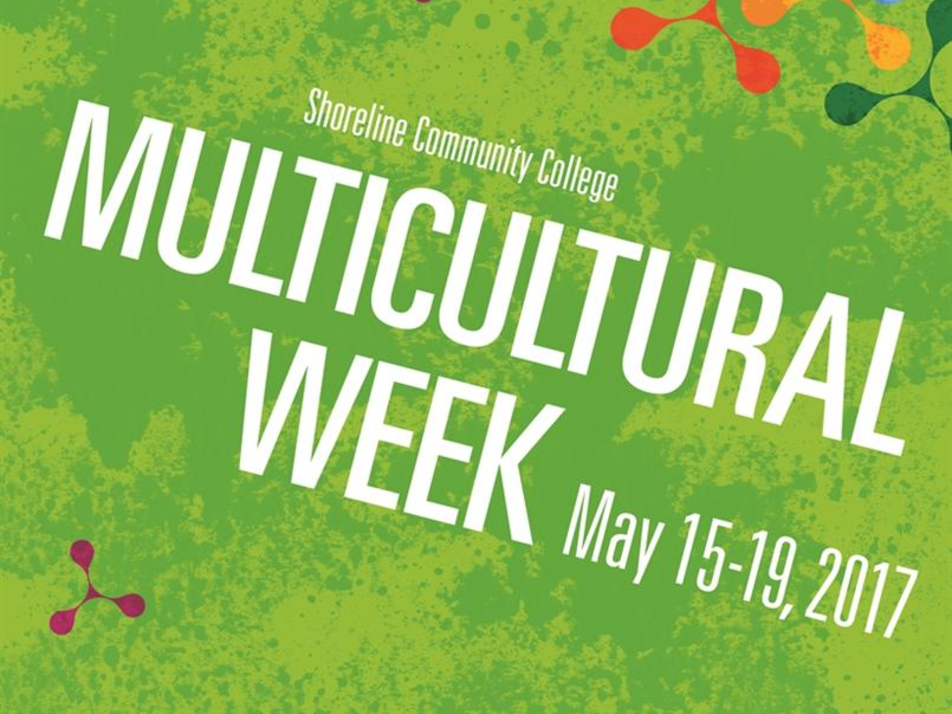
Monday, May 15th
11:30a-12:30p: HEALTH PANEL (Room 9208)
Join a team of local specialists on HIV/AIDS medication to discuss the history of this epidemic, promote prevention and ways to stay healthy, debunk myths, and address truths about HIV/AIDS. We will talk about current statistics in our region, nation, and the world. The session will include a Q&A session.
Featuring panelist Dr. Luis Ramos, who has been working with patients in the pharmacy field since 1998. Dr. Ramos worked his way up from an assistant to a technician to finally attending the University of Washington and receiving his Pharm D degree in 2010. Through his career, he developed a passion for HIV care and became certified as an HIV-specialized pharmacist through the American Association of HIV Medicine (AAHIVM). He currently works at Community, A Walgreens Pharmacy, as the Pharmacy Manager Onsite. He is also a faculty member at North Seattle College in the Pharmacy Technician Program and an Associate Clinical Professor at UW School of Pharmacy.
12:30p-2:30p: THE COLOR OF FEAR – FILM (Room 9208)
Please join the Black Student Union for a film screening and subsequent discussion of the film, The Color of Fear. The film centers around eight North American men – two African American, two Latinos, two Asian American, and two white-identified – who were gathered by director Lee Mun Wah for an important dialog about the state of race relations in America as seen through their eyes. The exchanges highlight the pain caused by racism in North America.
1p-3p: FREE HEALTH TESTING (Room 9201)
The nonprofit organization, GayCity, will be on campus to offer free HIV and STD screenings. From the organizers: “Testing for HIV and sexually transmitted infections remains one our most important core services, providing an opportunity for our community’s most marginalized groups to gain access to much needed HIV prevention resources. Of the nearly 4,000 free HIV tests we provided last year: half were people under thirty, a quarter of people were uninsured, two-thirds of people were economically disadvantaged and half were people of color.”
